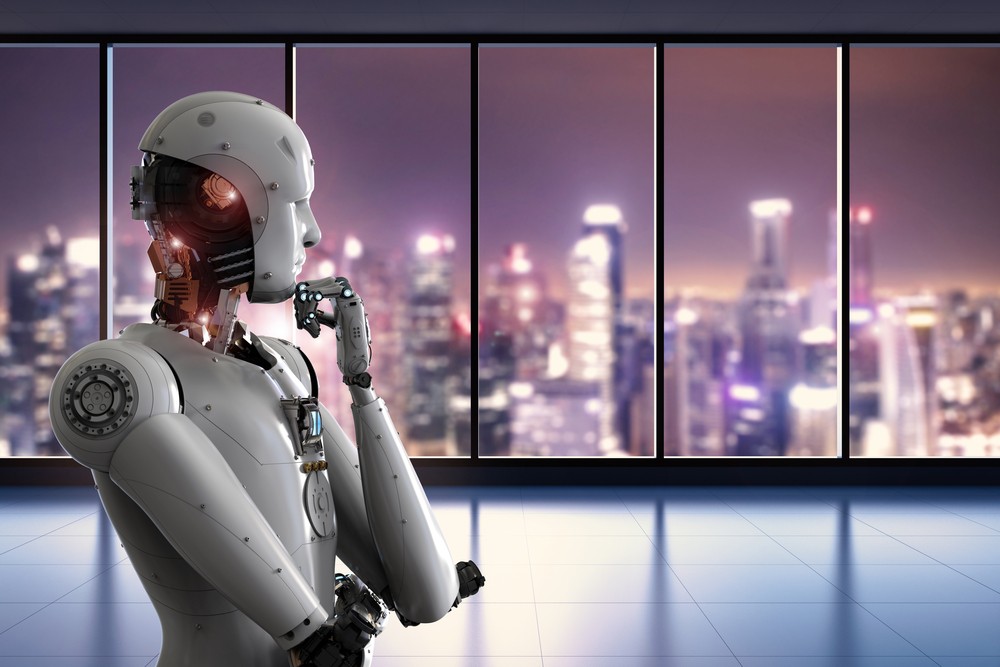When we think of retail innovation and new retail technology trends, a lot of recent talk has been about how brands should focus on digital channels over physical retail investments. How can brands replicate physical experiences online? What are the latest digital channels or social media trends? How are brands delivering personalised experiences?
These are important considerations, and we can’t ignore the rise in digital adoption. However, what we don’t consider is the opposite. What can brick-and-mortar retail take from the digital space? How can digital shopping tools be leveraged to improve the in-store experience?
If we accept that physical and digital worlds are no longer separate entities, but ones that can inform and improve one another, the possibilities are incredibly exciting.
Mobile
We now consider mobile as a convenient device that we use to research, engage, and transact on-the-go. However, mobile also plays a central role in physical retail innovation, the key tool for connecting online and offline worlds.
Functionalities available on our mobile devices will elevate the in-store experience. The camera can be used to interact with QR codes and bring AR or VR applications to life. For example, scanning a range of QR codes for different products to compose an outfit which you can try on in-store without having to find your size or wait for a fitting room cubicle.
But retail innovation doesn’t always have to re-invent the wheel, it’s about connecting our everyday digital experiences and making them relevant in the store environment to elevate the experience. The potential is enormous, just consider everything we use our phones for.
You could play your favourite Spotify playlist in the part of the store you’re shopping in, or sync your calendar to arrange a click and collect window or a private shopping experience. Try on new lipstick or nail varnish colours via a Snapchat filter. Use location sensors to point you in the direction of a special offer you might’ve walked past but missed. Talk to Siri-style chatbots for customer service.
24/7 Access
Convenience is a key part of the digital experience, being able to research and buy products from the comfort of our home, office, commute, anywhere, at any time. Ecommerce is not dictated by store opening hours. However, that doesn’t mean stores have to be completely dormant out of hours. Stores could, for example, have interactive window displays or QR codes for window shoppers to interact with out of hours, or use Bluetooth to ping passers-by with coupons to entice them to return to stores for a special offer. Lockers outside stores could be used to fulfil click-and-collect orders out of hours.
Fulfilment Options
Talking of fulfilment, in-store technology could be used to elevate this experience, too. Imagine being able to walk around a shopping mall, going from store to store viewing and trying items, without the need to carry bulky shopping bags from the previous stores you’ve visited. Instead, with a combination of Scan & Go technology and ship-from-store fulfilment, you could view, try, and buy the items, seamlessly pay, and choose to have them shipped straight home, just as you would online. Likewise, if they didn’t have a shirt in your size, a seamless experience would be ordering the right size, have it fulfilled by another store or warehouse and delivered the next day.
Checkout
When we think about checkout and payment as part of a digital journey, we talk about an optimised experience where every detail is designed to be as quick and friction-free as possible. That isn’t the case in stores, where we have to queue, before scanning and paying for items, whilst additional actions like coupons, credit card machines, loyalty cards and receipts add additional friction at the till. So, how do we take the notion of digital’s ‘one-click’ payment into stores?
Scan & Go technology is one way, where customers can use their mobiles to scan the barcodes on products they want and use mobile payments on their own devices to shop, pay and checkout at their own pace, bringing the convenience of an online experience into physical stores. This experience could incorporate popular payment methods such as Klarna or PayPal. Similarly, store associates can use mobile POS technology to help customers checkout anywhere in-store, without the need to queue.
Gamification
The notion of gamification is becoming more prevalent digitally. Consider the likes of Strava and Peloton where communities are encouraged to earn coupons and rewards through activity. Brands are also adopting this concept in-store – Burberry’s social retail concept offers exclusive content and gaming-like experiences in-store. Alibaba introduced a Pokémon Go-like game called “Catch the Cat,” drawing shoppers to brick-and-mortar stores where they could earn discount coupons.
What technology is needed?
Brands and retailers that are leading the way with digital innovations are leveraging microservices architecture – ‘headless commerce’ – to do so. Headless commerce allows fast and limitless front-end innovation, leveraging smart APIs to connect with back-end management platforms such as customer data, payments, inventory, and fulfilment systems.
Whilst retailers generally understand headless as an online execution, the same architecture enables in-store innovation, too. This lean microservices architecture, via APIs, allows brands to deliver innovative experiences for any customer-facing points of sale – in-store devices, mobile, smart speakers, TVs – all at the same time. This is done through a lean microservices architecture, via APIs.




